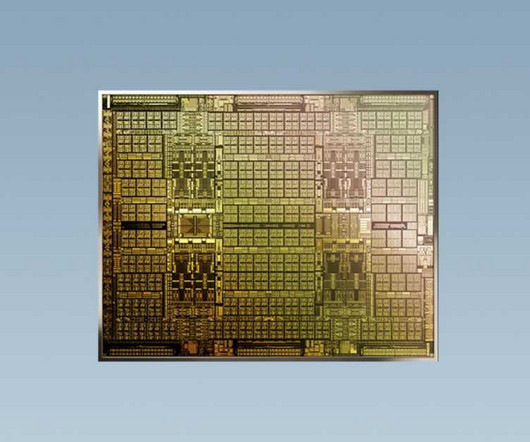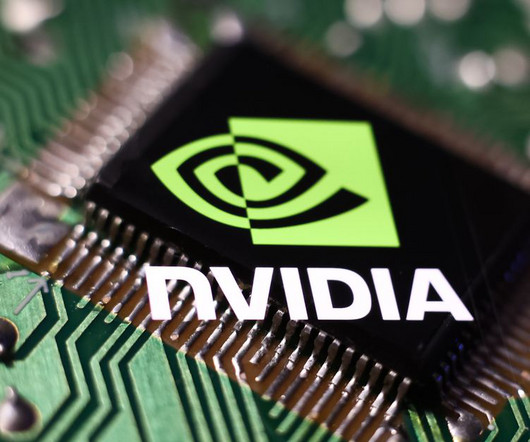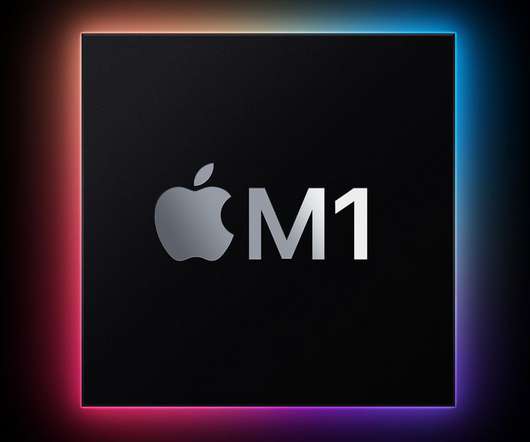How Nvidia became a trillion-dollar company
CIO Business Intelligence
JULY 18, 2023
Its founders spotted that generating 3D graphics in video games—then a fast-growing market—placed highly repetitive, math-intensive demands on PC central processing units (CPUs). Intel makes more graphics chips, though, because most of its CPUs ship with the company’s own integrated graphics silicon.)















Let's personalize your content